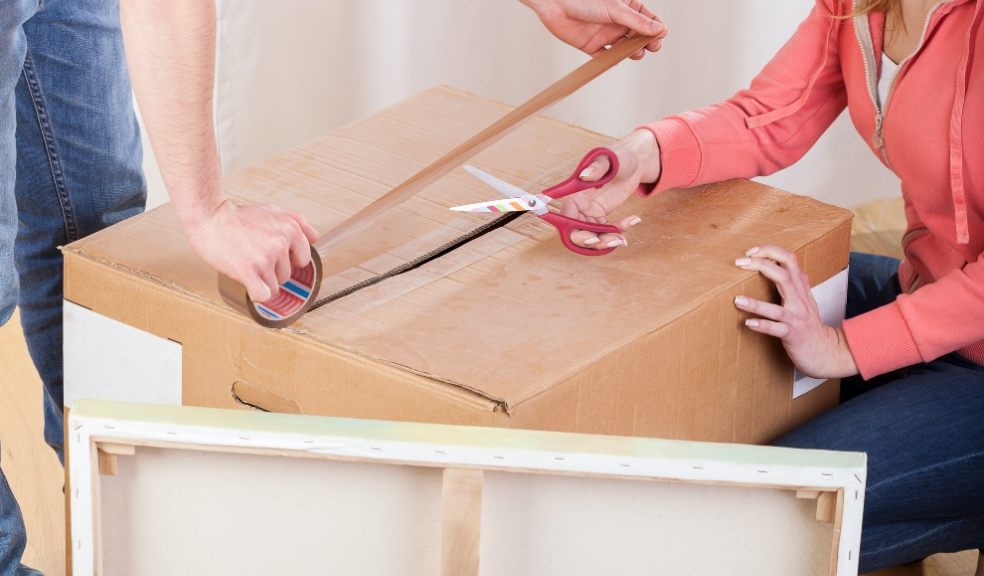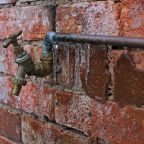
The end of tenancy checklist
Coming to the end of a rental agreement can be a confusing time for all. However, while you’ll possibly be preoccupied with packing your things and excited by the prospect of moving, there are a few important steps you should take to ensure a smooth and trouble-free transfer to your new accommodation.
Give notice of your intention to leave
Depending on your type of contract, you will need to contact your landlord to give them ample notice of your intention to leave. Most temporary contracts stipulate one month’s notice – but you should check the small print rather than just assuming. A fixed-term contract naturally defaults to an end date – which both you and the property owner will already be aware of.
Arrange for postal redirects and cancel utility contracts
You will need to arrange for your mail to be redirected to your new address – do not just assume the next tenant or your landlord will forward your post. Also, give due warning to utility companies of your intention to leave (e.g. gas, electricity, phone, broadband etc). Additionally, you should note your final meter readings – and take a picture on your mobile phone as back-up.
Do a thorough clean of the property
You should leave the property in the same state you found it when you moved in. Not doing so will likely result in the loss of (or partial loss of) your deposit, so it’s not worth taking chances. Most landlords will deduct any cleaning costs from your initial deposit. Worse yet, some won’t return your deposit at all. If the thought of deep-cleaning doesn’t appeal (or you’re just not very good at it) consider hiring a company that offers end of tenancy cleaning services and remember to request a receipt for proof that you had the accommodation thoroughly cleaned. You should also ensure all your personal belongings are removed from the property along with any rubbish.
Once cleaned and tidied, take photos of the property
It’s essential you take photos of the accommodation before leaving as these can be used as evidence in any deposit disputes which might arise. Ideally, you should timestamp the images (your phone will likely save pictures in a date/time format but also think about using a graphic program to add the date and time in text). Remember to take close-up images of any appliances and cookers etc, to prove they were properly cleaned before you left.
Check the inventory
When you moved in, you will have been asked to reference an inventory and note any errors/omissions. You will have hopefully checked this thoroughly and should do the same when you leave. Remember to repair or replace any damaged or missing items as these will likely be deducted from your deposit otherwise. Remember, reasonable wear and tear is acceptable and should be expected, but you are better replacing anything that is damaged.
Hand the keys back and request your deposit is returned
Moving clearly means you’ll no longer have any use for the keys so you’ll need to hand them back. Ideally, you should arrange to meet your landlord at the property so you can do a final check together on the condition of the accommodation and request your deposit back in person (although this sometimes won’t be possible). If leaving the property unaccompanied, you should ensure the accommodation is secure and return the keys as soon as possible to the owner or letting agent. If returning keys to an agent, you should request a formal receipt or written confirmation that you’ve returned them.













